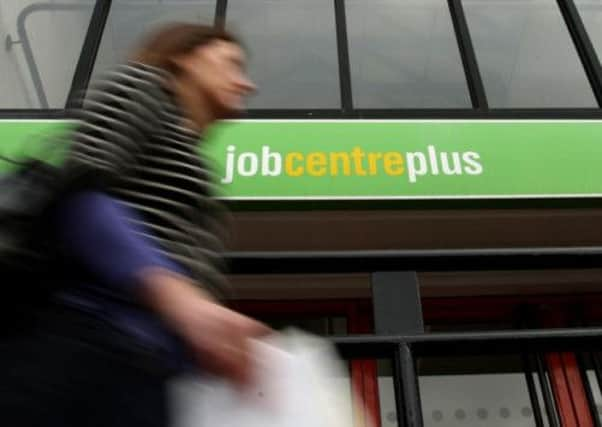Jobless tally down but more working part time


Yorkshire’s jobless tally is slightly up at 245,000, or 8.9 per cent of the working population.
Figures from the Office for National Statistics (ONS) showed unemployment nationally fell to 2.49 million in the three months to July, to drive the unemployment rate to 7.7% from 7.8%.
Advertisement
Hide AdAdvertisement
Hide AdThe rate has taken on new significance because it is tied to the Bank of England governor Mark Carney’s new forward guidance policy.
The Bank has said it will not consider raising rates from their record low until the unemployment rate falls to 7% - which it forecasts will take around three years - barring a spike in inflation.
The so-called claimant count - the number claiming jobseeker’s allowance - fell in August by 32,600 from July to 1.4 million.
July’s claimant count was also revised lower, and the combined 68,900 fall in claimants in July and August was the biggest two-month drop since June 1997.
Advertisement
Hide AdAdvertisement
Hide AdBut the continued squeeze on household incomes was highlighted by a 1.1% increase in average weekly earnings between May and July versus a year earlier.
That continues to lag inflation which is running at 2.8%.
The number of people working part-time because they cannot find a full-time job has surged to 1.45 million - the highest since records began in 1992. It has doubled over the past five years, the ONS said.
The number aged 16 to 24 rose 9,000 in the three months to July to hit 960,000.
Martin Beck, of consultancy Capital Economics, said the economic recovery was making its presence felt in the jobs market, although he doubts it will significantly increase the chances of interest rates rising sooner rather than later.
Advertisement
Hide AdAdvertisement
Hide AdHe added: “Although employment rose strongly, more timely evidence from the recent activity surveys suggests that firms are responding to higher demand more by boosting productivity than taking on new workers.”